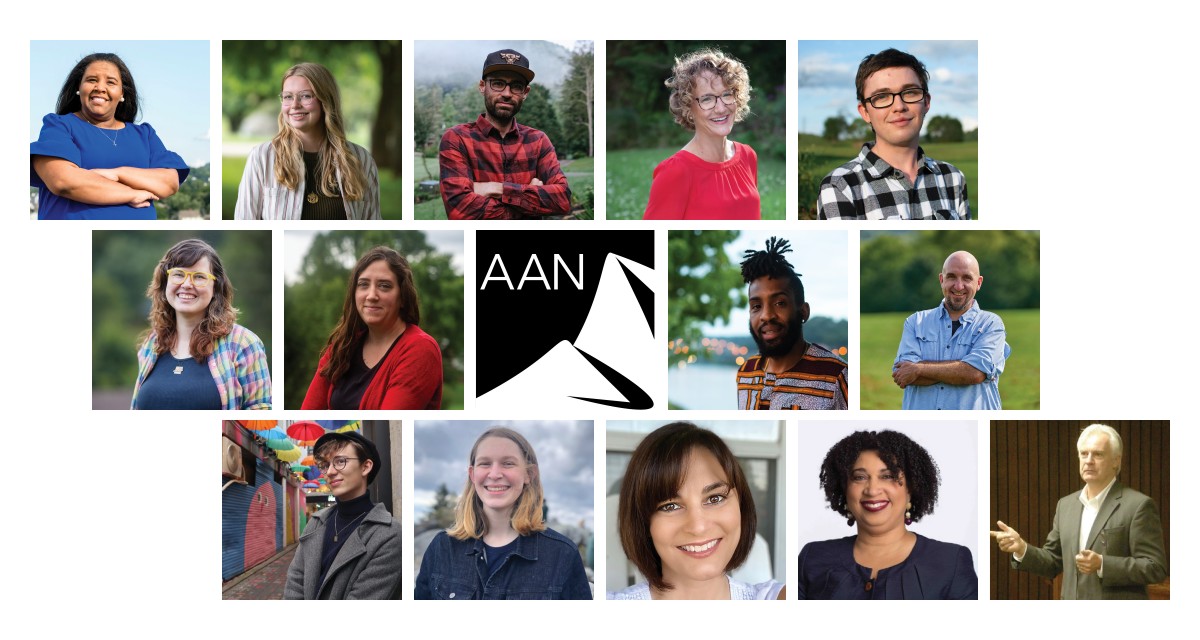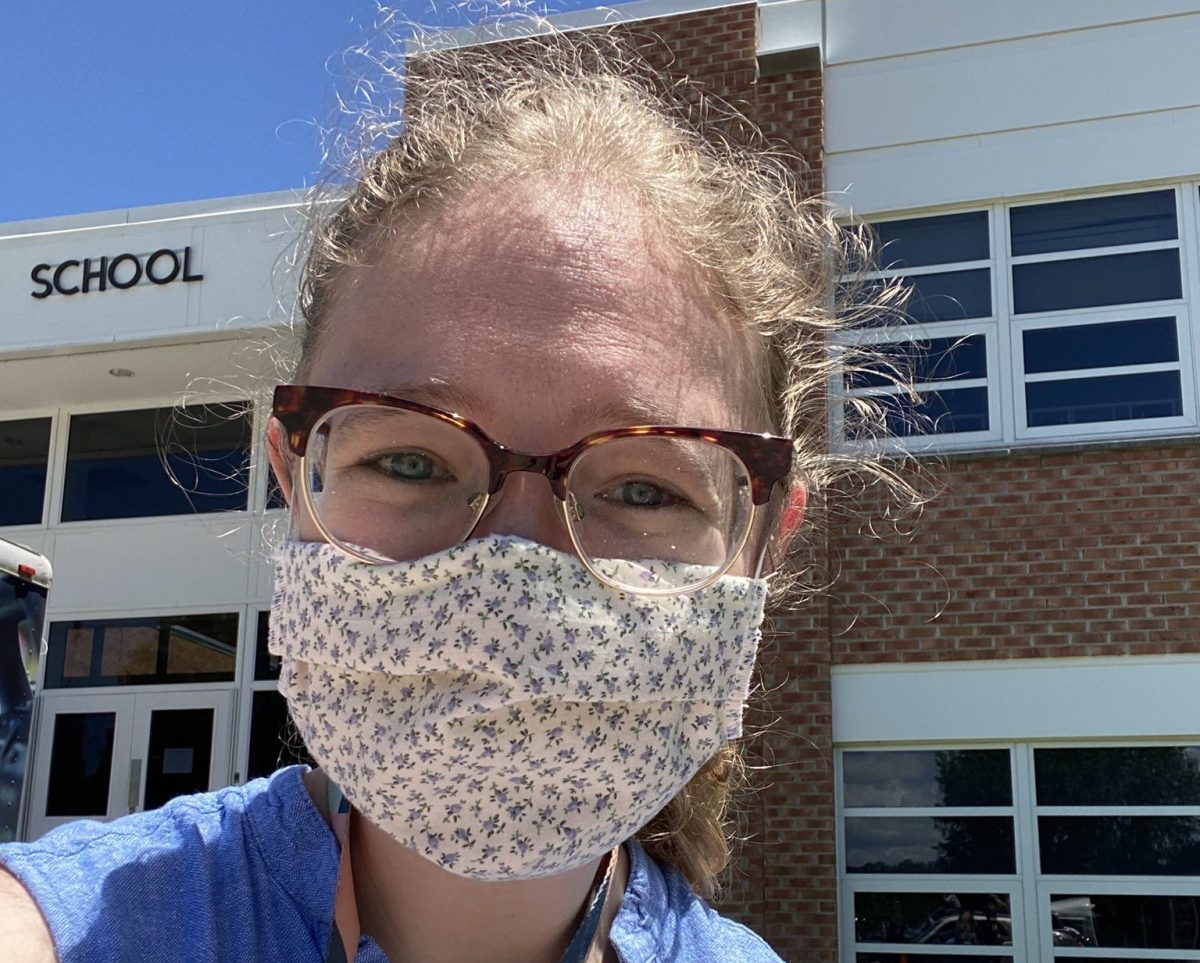Shelby County Public Schools, a district serving about 7,000 students halfway between Louisville and Lexington, has had state approval for “nontraditional instruction” for several years. That means if a bad snowstorm hit the county, they could keep school going remotely and count the days like any others in the school calendar. Their experience with remote learning helped when schools closed because of the coronavirus.
But only for a few days. As closures stretched on for weeks and reopening seemed increasingly distant, Shelby County educators had to shift gears.
Susan Dugle is the chief academic officer in the district, and for the first two weeks of remote learning, she watched teachers across the county stretching themselves to the limit trying to replicate a normal school day remotely while also holding office hours in the evenings. The schedule was unsustainable for teachers and creating problems for students. Every kid in the district had a device, but they didn’t all have reliable, high-speed internet or adults who could help them at home when a remote teacher wasn’t quite enough.
Shelby County Public Schools trained all of its teachers in project-based learning seven years ago, and the practice had taken root in pockets all over the district. Projects have always been common in classrooms and students frequently wrap up units with bigger assignments that tie together what they learned. This model, however, embeds teaching and learning of new content in the projects themselves. They are the means, not the end. Project-based learning has been shown to increase student engagement, offer interdisciplinary learning opportunities and give students opportunities to practice collaboration and critical-thinking skills that are in high demand in the modern workplace. Dugle thought this remote learning period might be the perfect time to push the strategy and get even more teachers on board with it.
In the end, it worked.
Dugle said teachers across the district saw higher student engagement thanks to projects that captivated students’ attention and gave them the freedom to work through parts of the assignment at their own pace. Many projects focused on Covid-19 and the pandemic, but not all of them. One second-grade teacher had her students design original Pokémon cards and come up with make-believe creatures that combined features of real animals they read about on their own. Besides drawing pictures of their creatures, students had to write about their strengths and weaknesses, based on the animals they were inspired by.
Teachers who previously may not have had the courage to dive into project-based learning found out during remote instruction that it really could be academically rigorous and prompt a deep understanding of class topics.
“When we were able to see all of the products of learning that happened because of that, it really was a selling point,” Dugle said.
Now, as the district prepares for classes next fall, educators widely see project-based learning as a model to prioritize. Teachers have taken stock of how much students learned this spring and what they will need to catch up on next year, but Dugle said it won’t be feasible simply to tack on the content students missed to next year’s curriculum.
“What we’ve decided,” Dugle said, “is that project-based learning is the way to take possible missing learning and standards from a previous year and integrate it into a project the following year … and have that learning occur all at the same time.”
Projects, and the flexibility inherent in them, also allow a level of personalization for each student; teachers can tailor the project parameters based on what students did or did not master this spring. Personalization was the reason the district tried the model in the first place – as a path to improve outcomes for lower-performing students and give all kids more control over their own education.
Tony Siddall, a program officer for Next Generation Learning Challenges, which supports districts implementing personalized learning and other innovative teaching methods, said he has heard from a range of districts that traditional teaching just wasn’t cutting it for remote learning.
“In order for kids to even show up for remote learning, the activities have to be a lot more engaging than what often happens in the classroom,” Siddall said.
This fall, Dugle expects those engaging learning experiences to blanket the district more than ever. She’s confident project-based learning will reach every school in the district next year, and she hopes it’ll soon make it into every classroom, too.
This story about project-based learning was produced by The Hechinger Report, a nonprofit, independent news organization focused on inequality and innovation in education. Sign up for the Hechinger newsletter. It was republished here via the Solutions Journalism Network Story Exchange.



